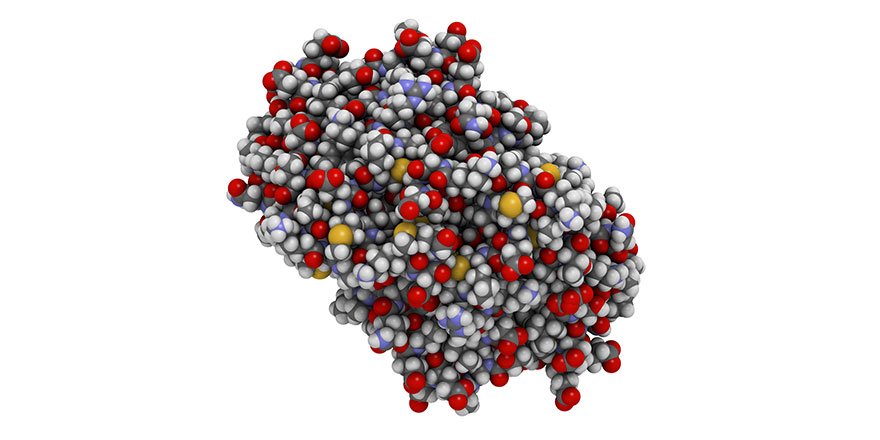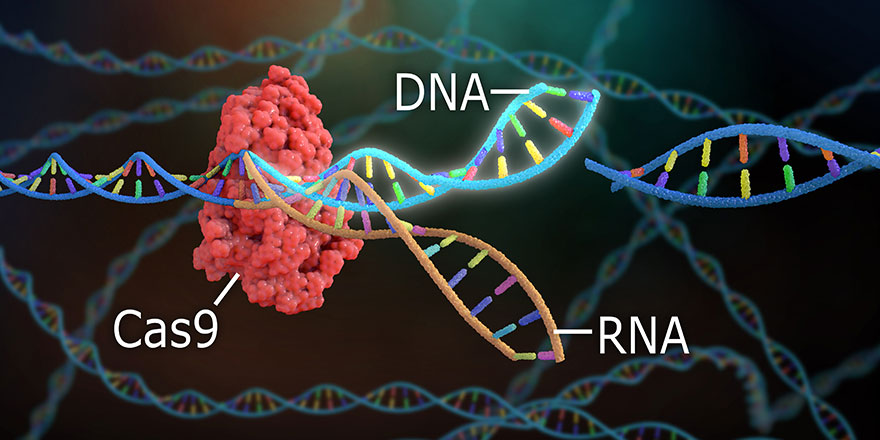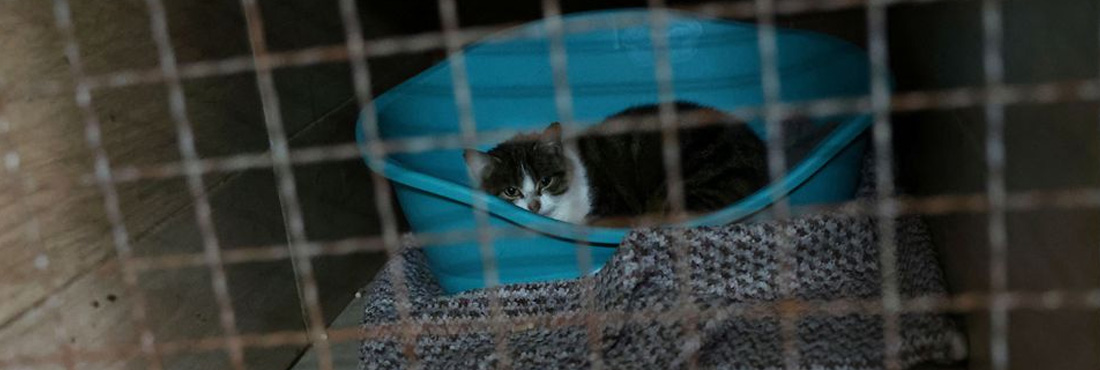For as long as humans have valued cats as companion animals, some people have been allergic to them. It is estimated that as many as three in ten people in the US have either a dog or cat allergy. However, cat allergies are twice as common as allergies to dogs. This leaves owners with stuffy noses and itchy eyes. In extreme cases, it can even trigger a serious asthma attack.
Up until now, there has been no such thing as a truly hypoallergenic cat. All cats have proteins present in their urine, saliva, and dead skin cells called dander. In susceptible humans, their immune system over-reacts to these proteins and is mistaken into thinking that it is a threat to the human body.

Cutting-edge scientific technology is now allowing researchers to alter the genetic codes of cats and therefore alter the proteins that their bodies produce. In a recent significant breakthrough, researchers at a US biotech company, InBio, have discovered how to block the action of genes that make a protein that triggers allergies in humans. The research, recently described in The CRISPR Journal, uses a genetic engineering technique to alter DNA sequences. This is the first, but crucial, step toward creating a truly hypoallergenic cat.
The protein that triggers a response in humans is called the Fel d 1 protein secreted from a cat’s salivary and skin glands. It ends up all over their fur and can become airborne when saliva dries on their coat. Previous research has established that all cats produce this protein but some house cats have more than others. There are two genes that your cat’s body needs to make this protein – they are CH1 and CH2. Using DNA collected from 50 cats, the scientists managed to cut and edit these gene sequences. It was done using a ground-breaking technique. An enzyme called Cas9 is used to cut the strands of DNA at the critical location so that the genetic code can be altered.

Cat allergen (Fel d 1) protein. The major cause of an allergy to cats. Atoms are shown as spheres with conventional color coding: hydrogen (white), carbon (grey), oxygen (red), nitrogen (blue), and sulfur (yellow).
What is so interesting is that many wild cats do not have these genes. This suggests that the gene is not essential for cats to be healthy and that they could happily live without it.
Nicole Brackett is a geneticist at InBio and led the research. She told the Smithsonian Magazine, “The gene sequences don’t appear to be that well conserved over the course of evolution, which suggests things about whether or not the gene is essential,” She further explains “An essential gene, one that would be required for survival or viability, generally doesn’t change much over evolution, and we’re seeing change between the exotic and domestic cat that suggests that maybe those sequences are not conserved, and maybe the protein is not essential.”
Using the CRISPR technique for gene editing, the researchers deleted either the CH1 or CH2 genes in the laboratory. However, there is still a long way to go before we have a truly hypoallergenic cat in our homes.
Next, scientists need to be able to delete both genes at once. Then, they can assess whether this eliminates the Fel d1 completely from the cat’s body. The final stage will be to try to produce a cat that does not have either of these genes.
 3D Rendering Crispr DNA Editing
3D Rendering Crispr DNA Editing
Importantly, this is not the only scientific approach being taken to reduce or eliminate the Fel d 1 protein in cats to control allergic reactions. The commercial cat food brand Purina has a range of food that reduces the quantity of the allergen in dander by up to 47%. It takes an average of three weeks to see an effect. Other scientists are researching a vaccine that makes the cat’s body reduce the levels of the protein circulating in their body. The difference is that these methods can only reduce the allergen but gene-editing has the potential to completely remove it all together.










